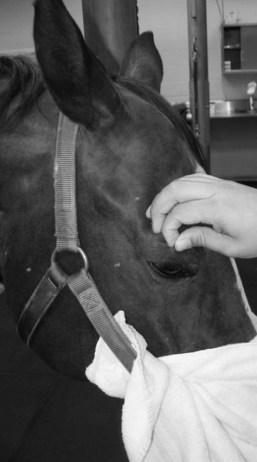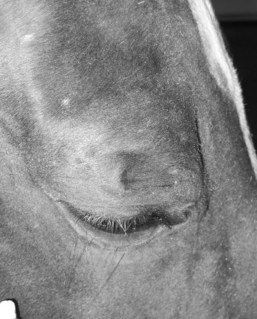Dehydration
Basic Information 
Epidemiology
Species, Age, Sex
Foals are particularly at risk because of their high body water content and surface-to-volume ratio.
Clinical Presentation
Physical Exam Findings
• Depression; lethargy; tachycardia; reduced pulse quality; increased duration of skin tent test; dry mucous membranes; increased capillary refill time (CRT); cool extremities; mucus-covered fecal balls; or dry, scant feces (Figures 1 and 2)
• Weight loss is the gold standard for determining the percent of body weight lost to dehydration.
• The approximate percent dehydration can be estimated from physical examination findings as follows:
Etiology and Pathophysiology
• Pathophysiology: Dehydration results in a reduction of relative circulating volume. Decreased tissue perfusion reduces oxygen delivery to the tissues, increasing anaerobic metabolism and reducing tissue pH through acid accumulation and lactate production.
< div class='tao-gold-member'>
Stay updated, free articles. Join our Telegram channel

Full access? Get Clinical Tree




